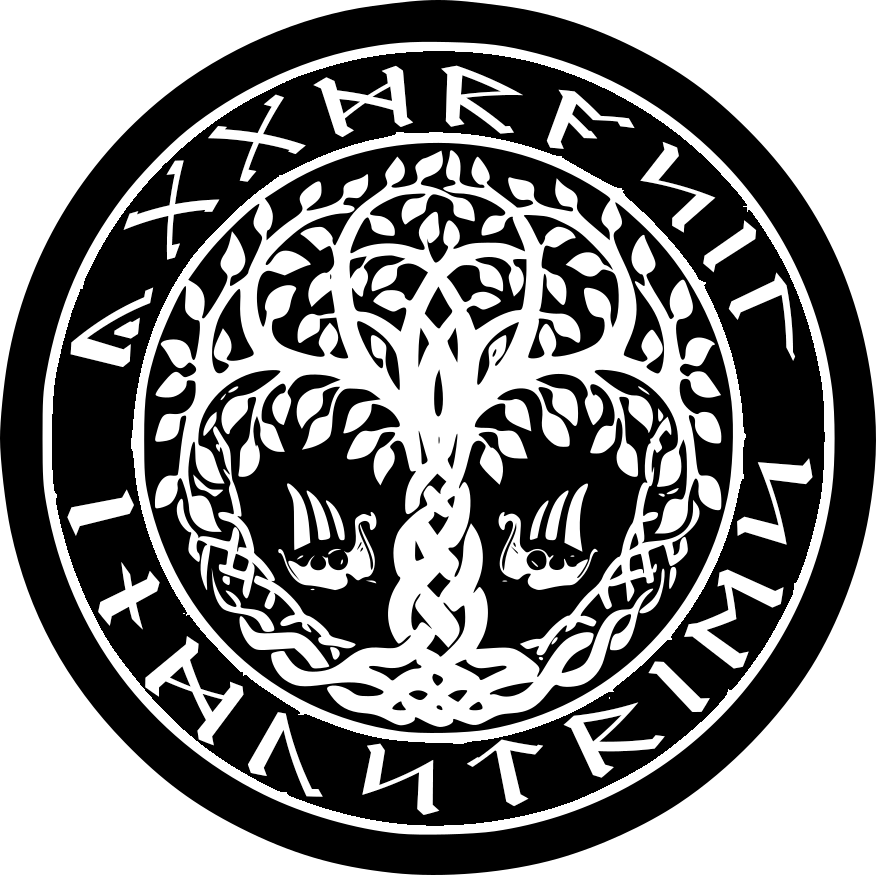Loki: The Trickster God Who Could Talk His Way Out of (Almost) Anything
If you’ve ever heard the phrase "chaos is a ladder", you can bet Loki would be halfway up it before you finished speaking—and probably stealing the ladder’s rungs to sell them for a profit. In Norse mythology, Loki is the ultimate wild card: charming, clever, dangerous, and utterly unpredictable. He’s a god of mischief, a shape-shifter, a schemer, and depending on the day, a hero or a villain.
But unlike the hammer-wielding Thor or the all-seeing Odin, Loki doesn’t fit neatly into a box. He’s more like the reason you need the box in the first place—because without it, he’d take your stuff and replace it with something absurd, like a goat.
Origins: The Outsider Among Gods
Loki isn’t exactly a full-blooded Aesir god like Odin or Thor. Born to the giant Fárbauti (a jötunn) and the giantess Laufey, Loki’s heritage places him firmly in the camp of the jötunn, the frost giants of Norse myth. So how did he end up in Asgard, the home of the gods?
The short version: Loki was clever enough to charm Odin into a blood-brother pact. This made Loki an honorary member of the Aesir family—though calling it a happy family would be like calling Ragnarok “a minor misunderstanding.”
The Personality Package
If the Norse gods were a medieval tavern, Loki would be that mysterious figure in the corner who convinces you to bet your last coin on a “sure thing” involving a one-eyed squirrel, three chickens, and a drunk blacksmith. He’s cunning, manipulative, and witty, with a knack for turning problems into opportunities—especially if those opportunities benefit him.
And yet, Loki’s not all bad. His schemes sometimes save the gods just as often as they put them in trouble. He’s the reason Thor has his famous hammer, Mjölnir (though the way he got it is another story entirely… involving a wager, a haircutting prank, and some very angry dwarves).
Shape-Shifting Shenanigans
One of Loki’s most entertaining talents is his ability to change form at will. Need to sneak into a feast? He can be a fly. Want to escape a tricky situation? He’ll turn into a salmon. Need to distract a giant? He can become a beautiful mare—though this particular stunt led to one of the strangest myths of all: Loki, in horse form, gave birth to Odin’s eight-legged steed, Sleipnir. Yes, you read that right. Loki is Sleipnir’s mother.
If nothing else, you can’t accuse him of not committing to a bit.
Loki’s Greatest Hits (or Misses)
Loki’s mythology is packed with tales, but here are a few highlights:
The Theft of Idunn’s Apples
Loki once lured Idunn, keeper of the golden apples of youth, out of Asgard—leading to all the gods rapidly aging like bad fruit. He later rescued her, but not before nearly causing the Aesir to turn into a retirement home.The Building of Asgard’s Walls
Loki convinced the gods to hire a mysterious builder (secretly a giant) to construct Asgard’s walls with an impossible deadline. When it looked like the builder might succeed, Loki distracted his magical horse… which eventually led to that whole “mother of Sleipnir” incident.The Death of Baldr
This one’s darker. Baldr, the beloved god of light, was immune to all harm—except mistletoe. Loki fashioned a dart from it and tricked Baldr’s blind brother into throwing it, killing him. This act sealed Loki’s fate and set the stage for Ragnarok.
Loki and Ragnarok: The Final Act
By the end of his story, Loki’s relationship with the gods had gone from strained to outright hostile. After Baldr’s death, Loki fled, was captured, and bound in a cave with a serpent dripping venom onto his face—a punishment so cruel that his wife, Sigyn, stayed by his side to catch the venom in a bowl.
But when Ragnarok—the end of the world—arrives, Loki breaks free. He leads the giants and the forces of chaos against the gods, facing off against Heimdall in a battle that kills them both. It’s an epic, tragic ending for a figure who thrived on blurring the lines between friend and foe.
Loki’s Legacy
Loki’s tales aren’t just ancient stories; they’ve shaped how we understand the trickster archetype across cultures. He’s a reminder that intelligence can be as powerful as brute strength, that chaos can spark both creation and destruction, and that sometimes the most dangerous person in the room is the one smiling the widest.
Whether you see him as a villain, a necessary evil, or simply the god you’d never lend money to, Loki remains one of mythology’s most fascinating figures. He’s proof that in the grand saga of the Nine Realms, a little mischief can go a very long way.
Final Thought: In a pantheon of warriors, kings, and goddesses, Loki is the unpredictable gust of wind that can extinguish the fire—or make it roar even higher. And that’s why, thousands of years later, we’re still telling his stories.
